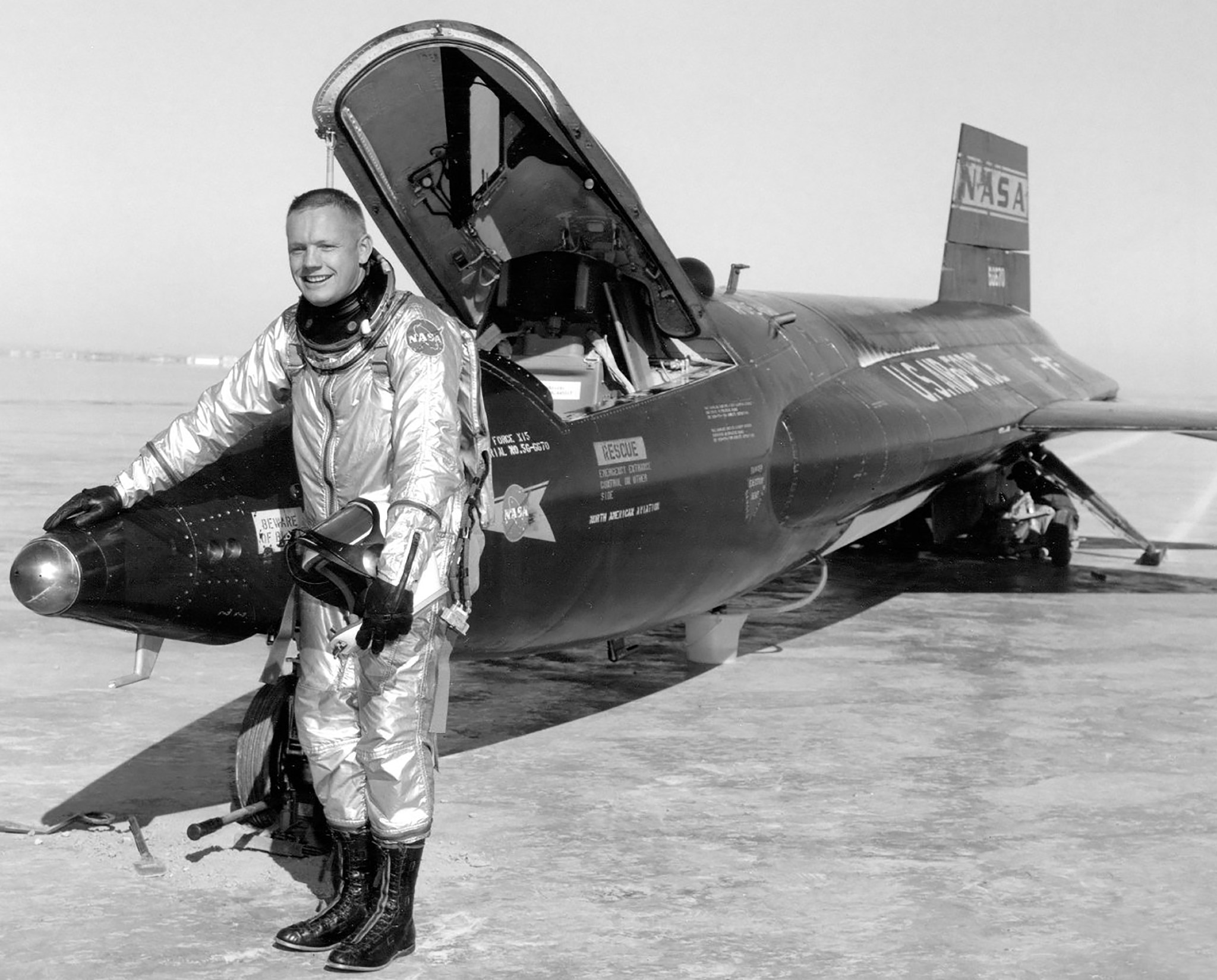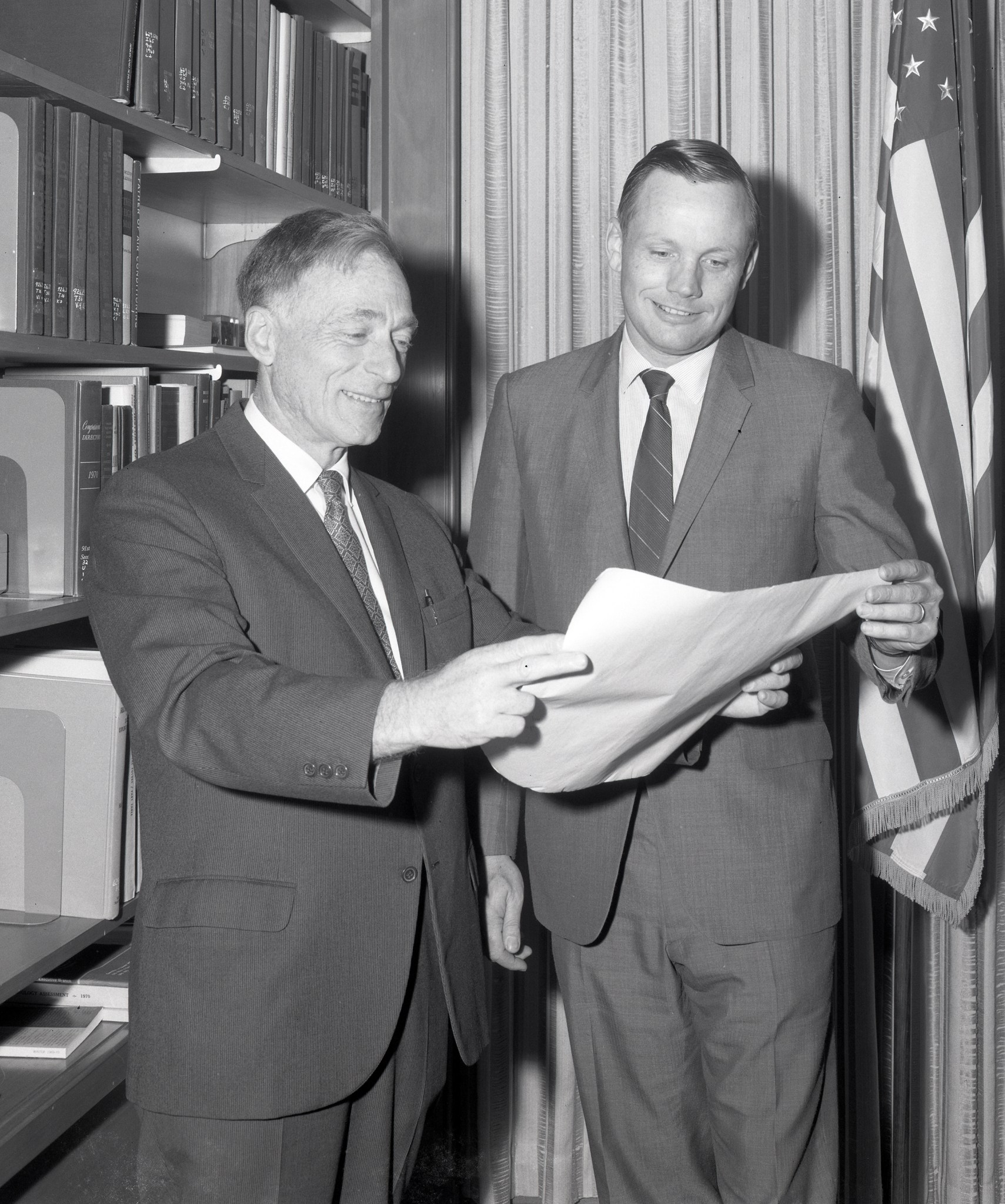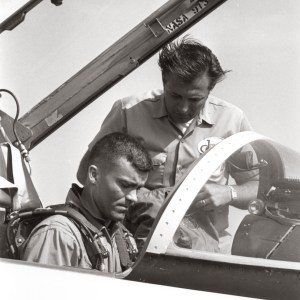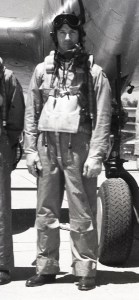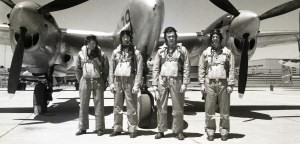Fifty years ago, on July 20, 1969, Neil Armstrong became the first human to step onto the surface of the Moon. Armstrong instantly became an international hero, feted around the world with awards and parades. This American icon began his professional career at the Lewis Flight Propulsion Laboratory (now NASA Glenn) in Cleveland, Ohio.
In the spring of 1955, the former Navy pilot applied for a research pilot position with the NACA during his final semester at Purdue University. During an interview, Armstrong told Lewis recruiter Robert Graham, “I’ve wanted to be an NACA test pilot all my life.” The pilot’s earnestness and impressive qualifications led to an immediate offer. During his tenure at Lewis, Armstrong frequently co-piloted the lab’s F-82 Twin Mustang and C-47 Skytrain.
In June, a position opened at the NACA’s High Speed Flight Station (today known as the Armstrong Flight Research Center), and Armstrong left Lewis. There he flew over 200 different types of aircraft, including the X-15. After participating in the Man in Space Soonest and Dynasoar projects, Armstrong joined NASA’s September 1962 astronaut class. The rest is history.
Additional Information:
- Armstrong Recruitment Articles (1966-79)
- Log of Armstrong Flights at Lewis (1955)
- Apollo 50th Anniversary website
Robert S. Arrighi
NASA’s Glenn Research Center




























